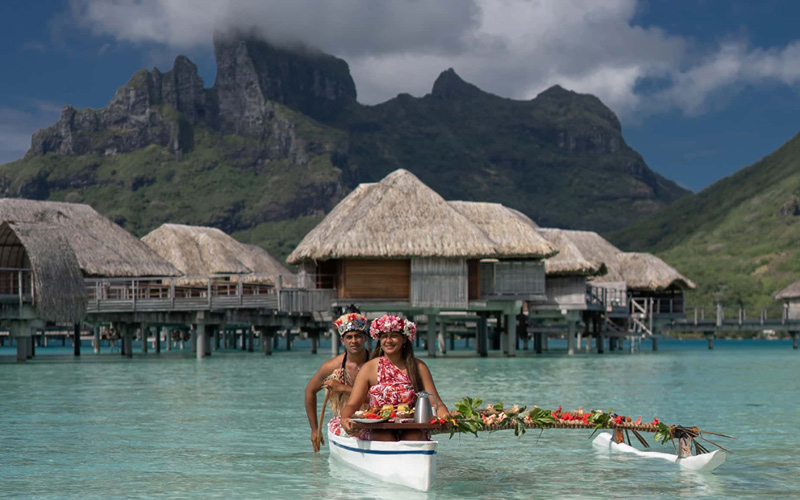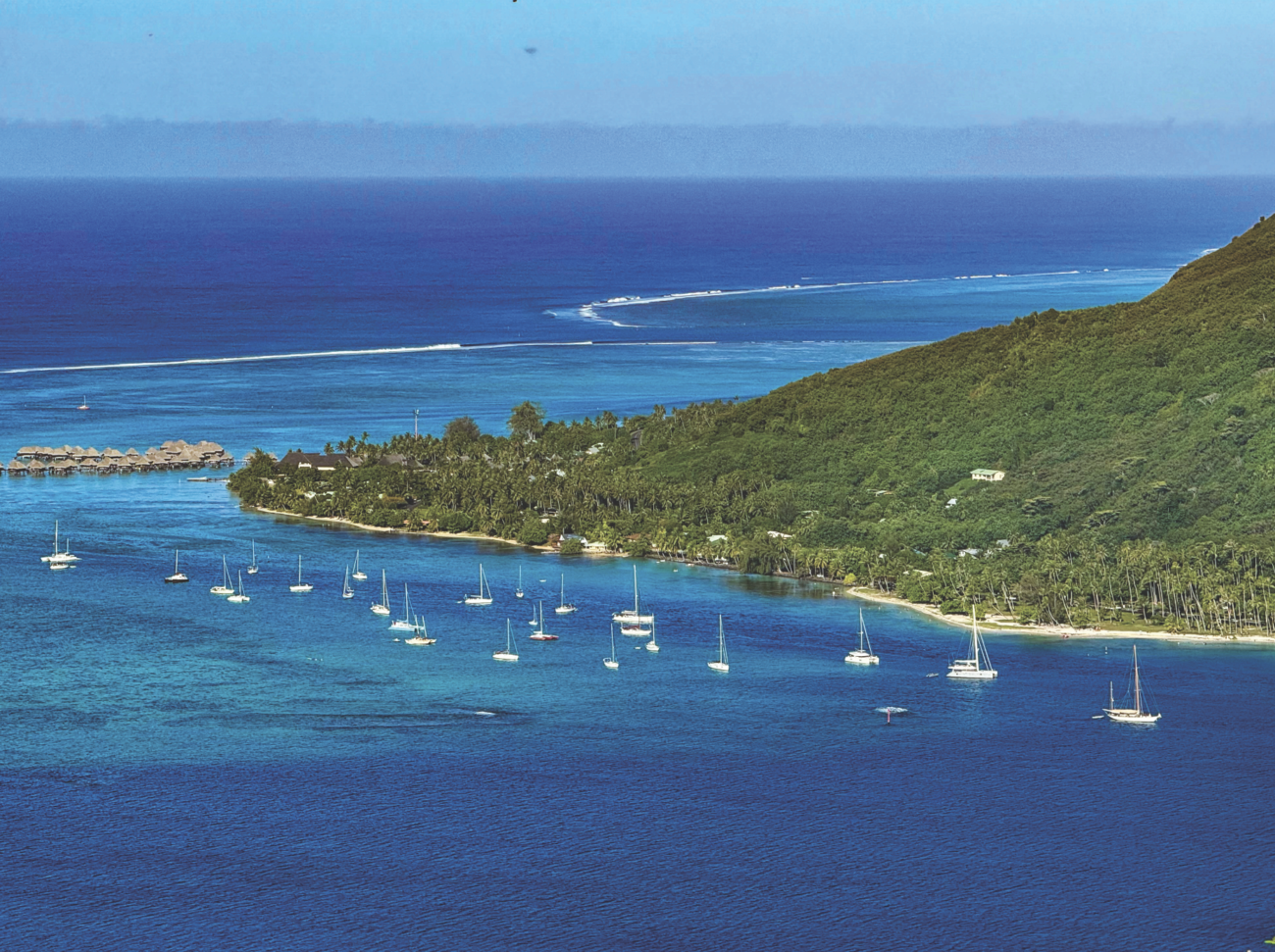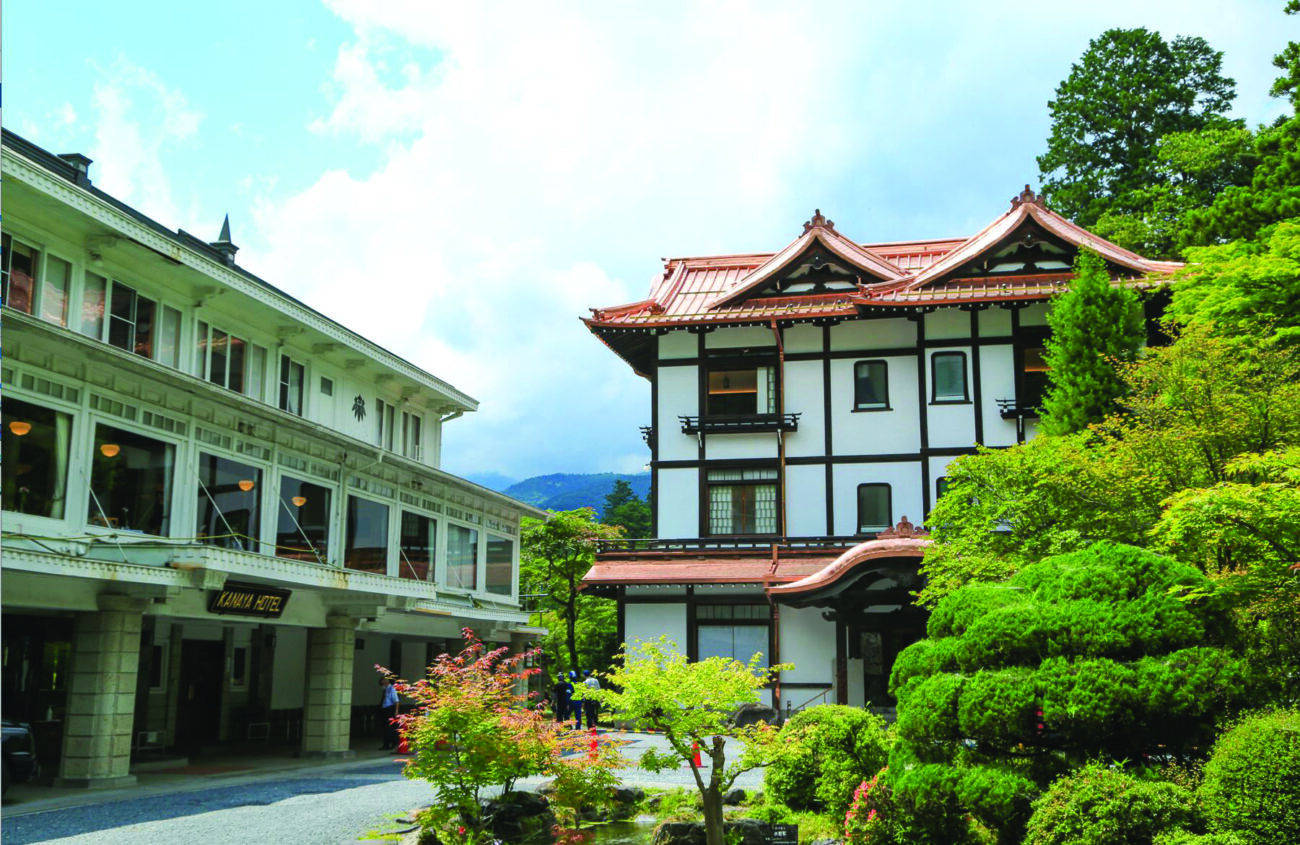How to Sell India
Interview with Steve Mannshardt, Guest Services Manager, Magical Journeys Beyond

Please give us an overview of the types of vacations and tours that are available in India.
India is a very diverse and vibrant nation, offering so many options for travel.
The region is rich with small villages, big cities, high mountains, dense jungles, open plains, vast deserts and rich woodland areas. Guests can travel to Rajasthan for a royal view of the opulent palaces from centuries past, Kerala for a relaxing river cruise into the greenest jungles of the region, Sikkim for an exploration of the Buddhist culture amidst inspiring Himalayan peaks, Maharashtra to discover Ellora and the largest rock cut temples in the world, or Madhya Pradesh to venture into many of the lush national parks to view a plethora of flora and fauna. As one of the most populated nations on Earth, India also has a broad variety of cultures to explore throughout its many states and regions.
What types of travelers are best suited for a trip to India?
India has something for everyone, provided that they carry a quest for adventure and an openness for new cultures. India offers some of the most luxurious heritage hotels, having been renovated from historic palaces and forts from centuries past. There are also some of the most charming and quaint rural villages where residents live the simple life each and every day. That being said, India does have many challenges in comparison to the more developed Western world. Roads are often smaller, villages are more remote, utilities can be intermittent in some cases, and one does need to keep a careful eye on the sanitation issues that we take for granted in the West. Those travelers who come to India with an adventurous spirit will always have a magnificent journey. Our tours can be customized with numerous activities for luxury travelers and rugged explorers alike.
What challenges do travel agents face when trying to sell India as a destination to their clients?
The biggest challenge in selling India is overcoming a common misconception that India is dirty, unsafe and full of pesky animals and unclean food. The two biggest initial concerns people ask about are personal safety and also sanitary food and water. As far as safety, crime is far less than in America and, considering that India has four times the population, that makes it even safer relative to our normal daily lives in the West. Also, from a cultural viewpoint, committing a crime in India shames oneself, in addition to one’s family, tribe, nation, ancestors and descendants, so I find it to be one of more safe regions I have traveled to in the world. There is some issue of opportunity crime (foolishly setting down your camera at a very crowded tourist site and then finding it gone) but dealing with that is not any different from the common sense that we should use in our own home country. Clean food is also a matter of common sense. Hotels have sanitary dining rooms and many restaurants are very acceptable. The issue of getting sick comes up when people venture out to find an interesting meal on their own without a reliable recommendation. I never eat anywhere without consulting my guide or driver, as they know the better places to go. Going to an unfamiliar restaurant or a street vendor is not a good idea. Also, frequent handwashing in India is a cultural norm and should be a standard routine for guests when traveling anywhere in Asia.
Do you have any suggestions as to how they can overcome these challenges?
My best suggestion is to advise guests to not fear the sanitation challenges but to instead understand how to keep yourself separated from them. Indian culture is always very strict on cleanliness but in ways that we Westerners do not always understand. Shoes are not allowed inside of houses for a very good reason. The left hand is reserved for certain unclean tasks and the right hand is kept clean on a strict basis. Food service is done with certain boundaries that keeps items isolated from each other and therefore clean. Water is drunk in a manner that does not contaminate the shared vessel. As Westerners, we have come to the assumption that everything in our world is clean and we are therefore sloppy in our habits. Asians all assume that everything in the world is dirty and are therefore much more meticulous about keeping clean. It is only when those two cultures intersect that we have problems for guests. For safety, the best advice is common using sense and erring on the side of care.
How do clients get to India?
Almost everyone comes in by air, typically at the four main hubs of Delhi, Mumbai, Chennai or Kolkata. Smaller airports also have numerous international connections. A small number of travelers enter through seaports via cruise ships, although they are most often just stopping for a short shore excursion. There are a few non-stop flights into Delhi or Mumbai, flying about 16 hours direct from the US. Many Asian airlines have connecting flights into India through major Asian cities and the total flight time can vary from 20 to 28 hours.
How long should a traveler plan to stay in India?
The popular rule of thumb is two to three weeks. When one is traveling halfway around the world, staying for less than 14 days seems impractical. But many people find that more than 21 days in a developing country wears them down a bit and they often miss the conveniences of home after that long. Do keep in mind that inbound and outbound travel will eat up three days of your trip. Getting there takes a full day and you lose a day at the Date Line. Coming back, the lost day is re-gained but you will still find it to be a full day. We have many 12 day tours specifically for those who only have two weeks of vacation a year but we also have quite a few in the 18-21 day range. All of our tours are fully customized, so guests can opt for tours anywhere in length from two days to ten weeks.
How do clients travel within India?
Overall, we recommend traveling by car. We always provide skilled drivers who can transfer our guests throughout the country with ease, often amid the often crowded cities and seemingly hazardous roads. One misconception is how long it takes to travel via road, as people will sometimes look at a map of India and compare that to travel within to the interstate freeways of the US. Although some roads in India are new and fast, we estimate an average of 25 mph for overland travel for planning itineraries. This takes into account slow traffic, winding mountain roads, herds of cattle making their way along and slowing down for a rural village every 20 minutes. Guests can travel my plane but smaller airports do not often connect directly, resulting in detours to major hubs anyway. Besides, taking a flight is often more time consuming than the drive, once you count the check in, lines, taxiing, etc. My favorite part of India is driving the countryside, so I always prefer the slow and picturesque mode of a car between destinations. Trains may seem like a fabulous mode of travel but most lines can be delayed or even cancelled so keeping a time table can be unsuccessful. We have some major train routes that are mostly on time, as they deliver the mail, so we tend to limit guests to those routes in order to maintain a timely schedule.
What are some of the cultural highlights?
I don’t know where to begin…From my very first day in India, I totally fell in love with every aspect of the country. The people, in my opinion, are the most delightful part of travel there. Always generous, kind and very curious, you can easily find yourself being asked to join someone for tea, get a tour of their simple home or even being invited to a royal wedding. The historic sites are beyond compare, ranging in age from ten to twelve centuries or more. The thousands of temples are all beautifully ornate, each with its own style and form based on local customs. If you have an opportunity to be in India during a festival (they have holidays and festivals on nearly a weekly basis), you will find yourself in the midst of an amazing spectacle of cultural pride and heritage. The cuisine, of course, is over the top in terms of flavor and variety, as each region holds its own traditions for their love of food. Add to that the clothing, music, wild animals, dance, etc., and you will easily find India to be one of the richest nations for culture.
Is India safe for tourists?
Overall, yes, it is very safe. I am often very frank with guests when I say that I find India far more safe than America. In the dozens of times I have been to India, I have never once felt unsafe, afraid or in danger in any way. One does need to use common sense, as one would in your own country. But I have lost count of the dozens of times when I have found a local resident going out of their way to help me, guide my way, save me money or offer advice on how to best enjoy their beautiful culture. I feel fully safe in India and would enjoy living there full time, in fact.
How can travelers avoid issues when traveling in India?
Common sense and an understanding of the cultural norms. Indian culture can seem very unusual and many people are afraid of offending locals. By far, the best way to deal with this is to be friendly and approach every situation with an open mind. In this way, you will conform to 95% of the local culture and customs. If you are a friendly person, the locals will be happy to help you with the last 5%.
What are some of your best suggestions for travelers?
Go to India with an open mind and a sense of adventure. If we walk in there with our American ideas of how things should be, we both limit our opportunities to learn and also set ourselves up for disappointment. One of my guests excitedly departed for India with the slogan “Embrace the chaos” and he found that to be the most valuable insight for enjoying such an amazing destination. Although we do our best to arrange every detail on every tour to perfection, there is some fluidity in such a vibrant and dynamic culture. If you allow yourself to “go with the flow”, the chances of having a beautifully memorable experience are multiplied ten-fold. Do not fear the opportunity to meet someone new and share their lives, as you will find that it will enrich your life beyond compare.
For more information about the destination, visit www.incredibleindia.com To see what Magical Journeys Beyond offers, visit www.magicaljourneysbeyond.com





